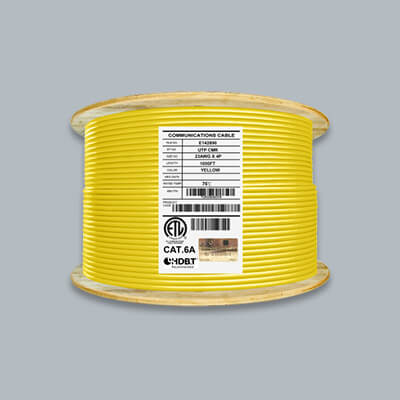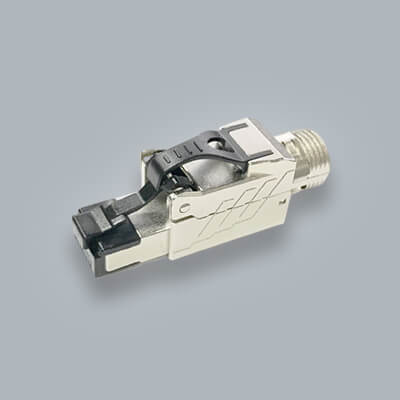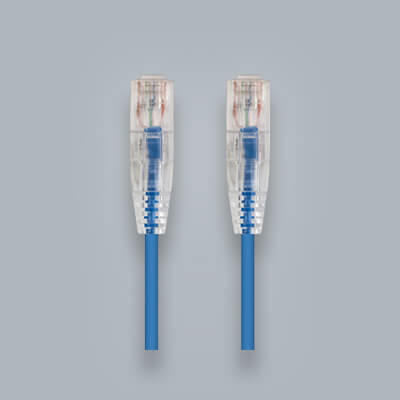What is Near End Crosstalk? (NEXT)

For those that work around copper cable, such as network cable installers or soon to be home upgrading DIY installers, you should be familiar with the term crosstalk. Crosstalk is when a signal transmitted on one pair or channel creates an undesired effect on another pair or channel. This natural occurrence on cable can be a determinant in signal quality but blanaced twisted pair cable has been designed to combat this. Let's get into more of what is near end crosstalk.
What is Crosstalk?
Crosstalk occurs when one pair of cable causes interference on another pair of cables causing errors or prevents data transmission. For example, sometimes you can hear someone else’s conversation while you’re on the phone. This is caused by the interference between adjacent telephone wires. Not a good sign right?
Crosstalk is just a natural occurrence that happens between the copper wires. To guard against this balanced twisted pair cable has been constructed to lessen the affect of this. Some of the ways it does it is by twisting the wires together and creating more space between the wires as possible. This is why you see that some cables come with cross separators or more insulation around the wires. This helps in creating an increased amount of distance which helps in reducing crosstalk.
To get a full grasp of crosstalk there are a couple different types of it. If you come across it on cable spec sheets you'll get a better understanding of what they mean.
Near End Crosstalk
Near end crosstalk, also known as NEXT, is a performance parameter measured within a single link/channel. It measures the signal from one pair to another. NEXT is measured in decibels (dB). The higher the dB, the less crosstalk is received. The measured result varies with the frequency of the transmission, higher frequencies create more interference.
Twisted pairs help cancel out NEXT, different amount of twists for each pair prevents the pairs from picking up signals from adjacent pairs. It is important to maintain pair twists as close to termination as possible to prevent signal interference. The twisted rate on each pair optimizes for crosstalk performance. That is why a Cat6 cable standard frequency 250MHz has a NEXT value of 44.3dB at 100MHz compared to a CAT5 cable NEXT value of 35.3dB at the same frequency.
Power Sum Near End Crosstalk
Power sum near end crosstalk, also known as PSNEXT, is the calculation that sums the measurement of all four pairs NEXT. It is important to know the PSNEXT because it tells us how each pair is impacted when used in a network where all four pairs are transmitting signals.






